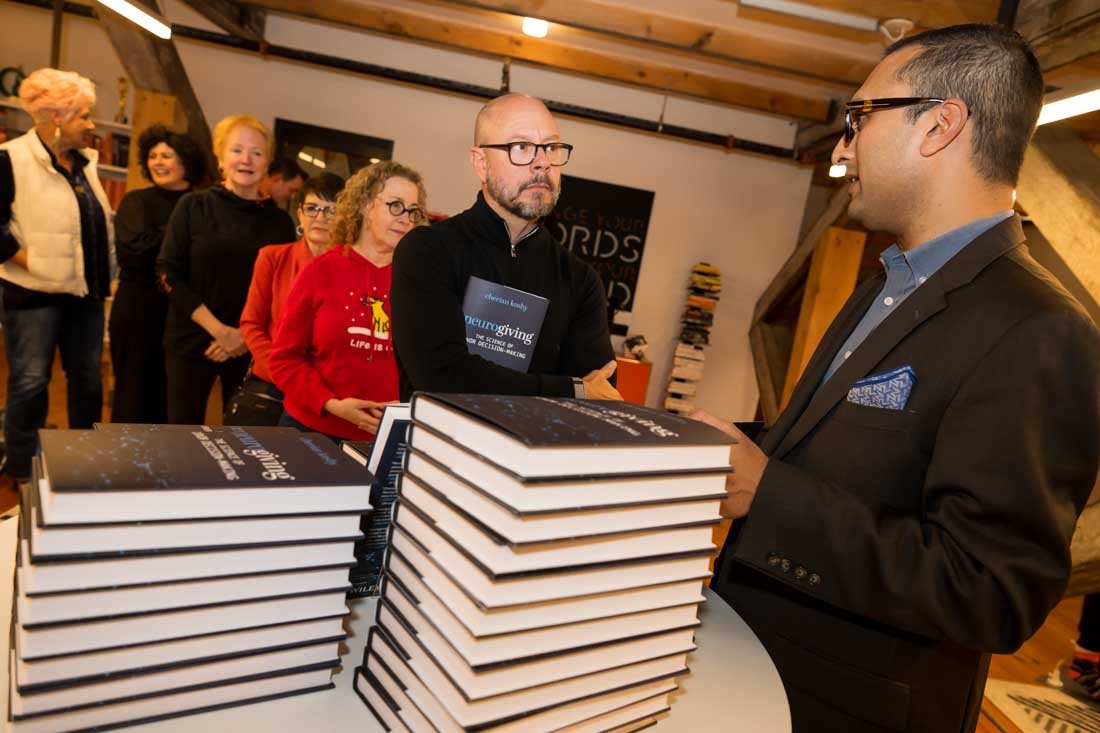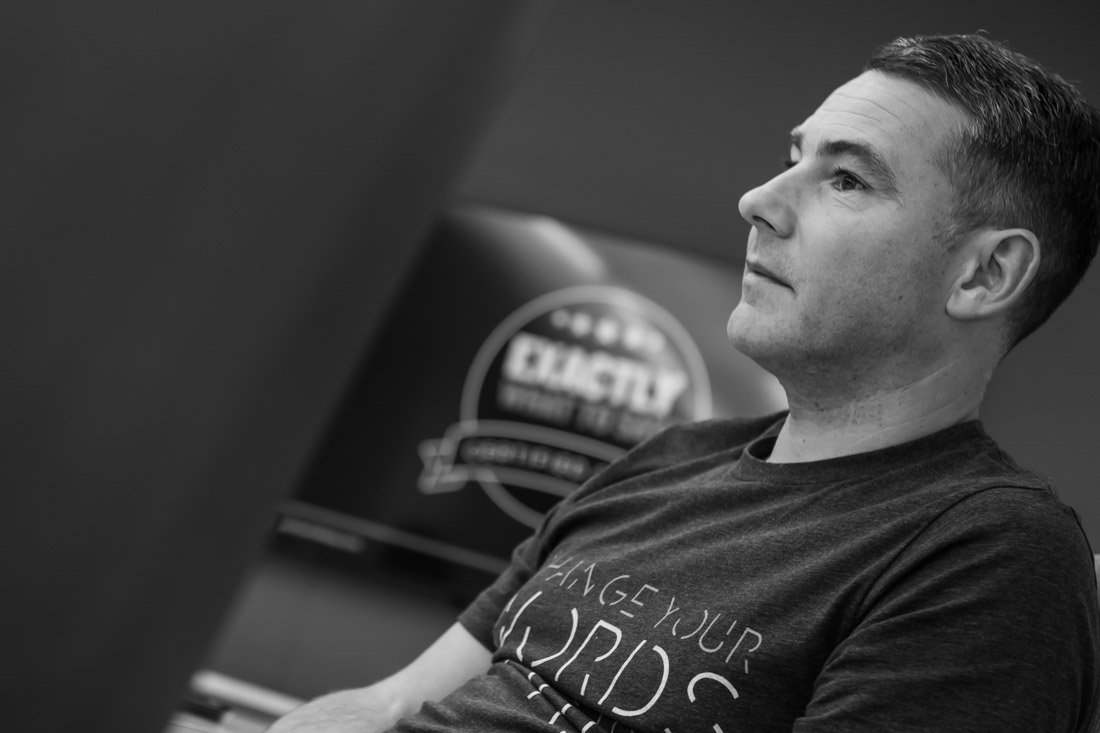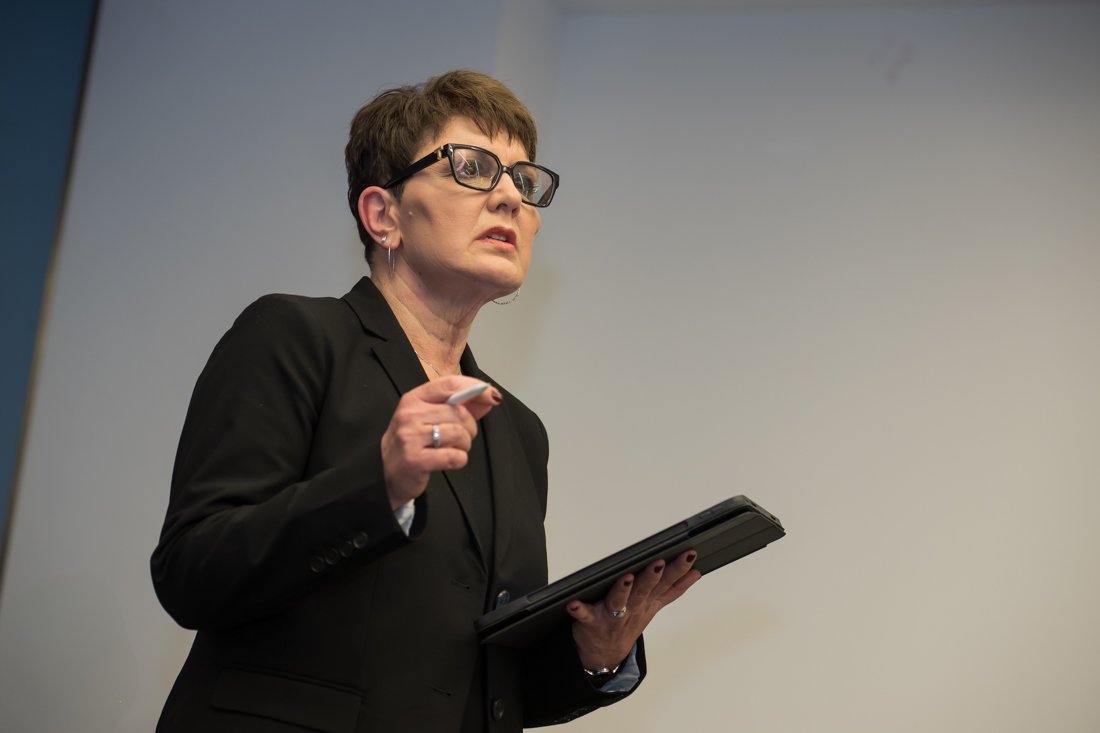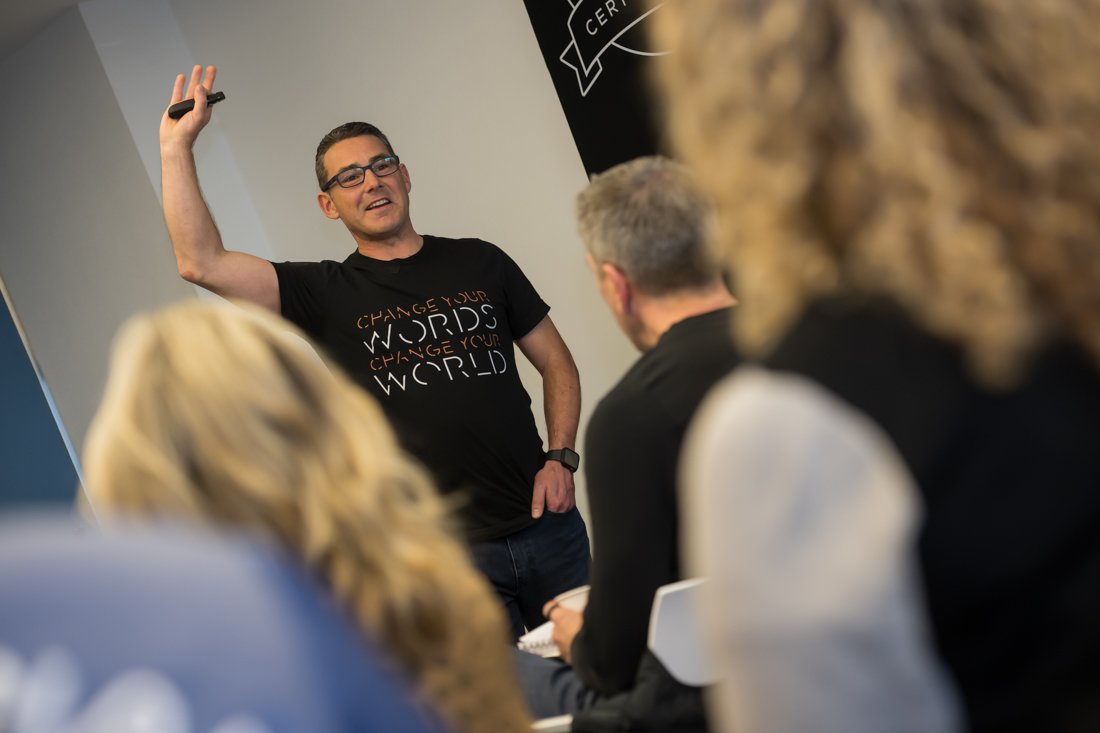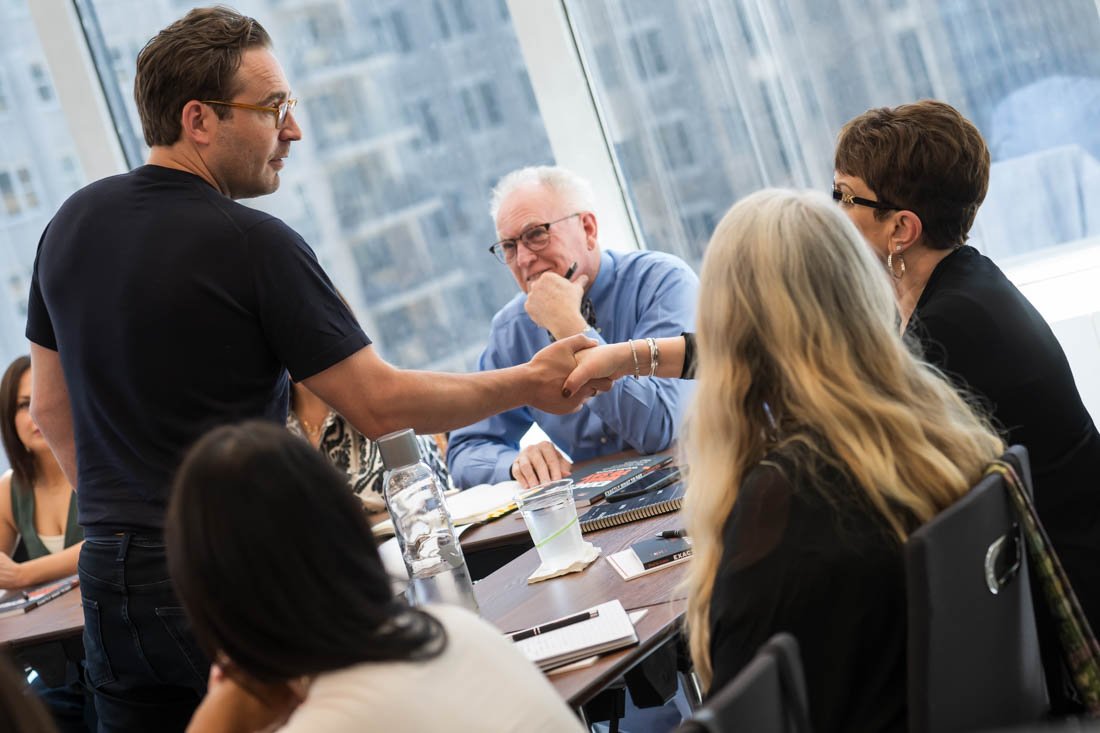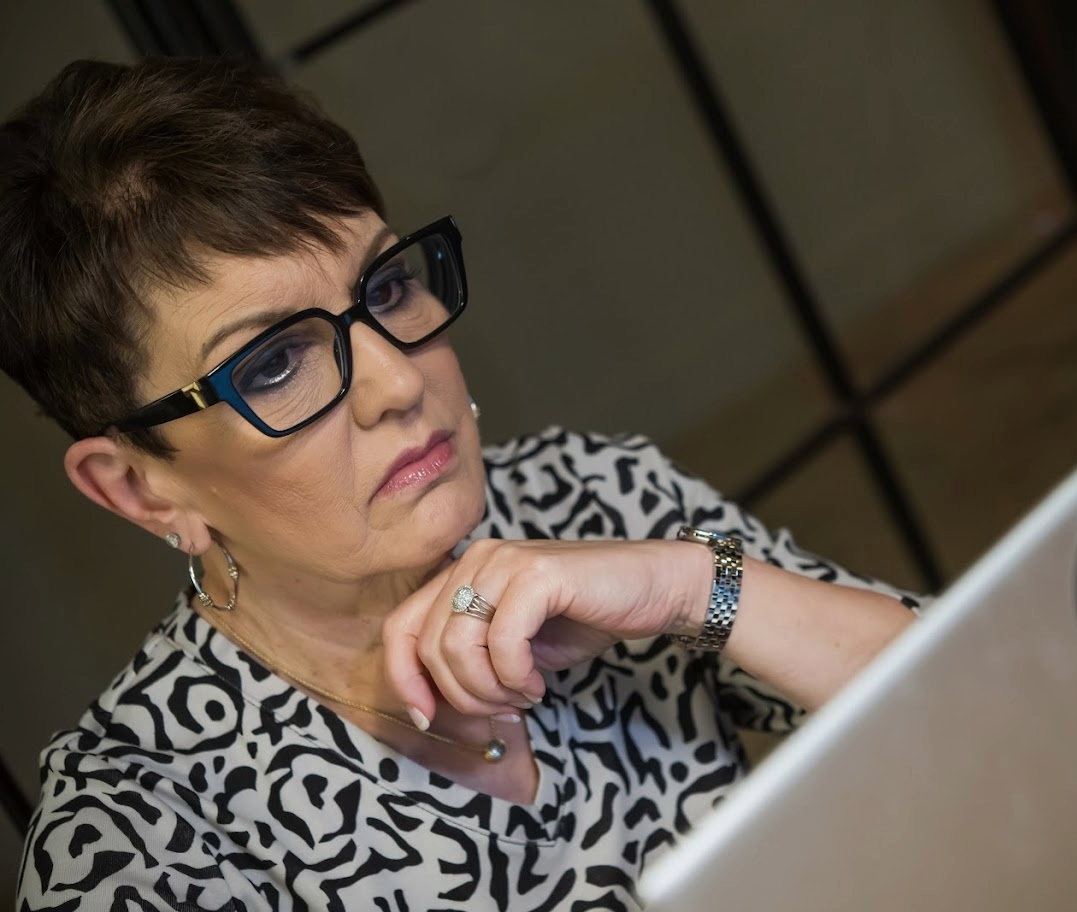More than half of working Americans say a misunderstood conversation has cost them valuable time and robbed them of productivity. This points to a deeper issue, an unseen connection between the way we communicate and how we can achieve the goal we brought into a conversation. Communication breakdowns often reveal cracks in trust, clarity and alignment. But what if you had all the answers?
Exactly What to Say dug into this further. You can now learn Critical Conversational insights from the National Critical Conversations in the Workplace Study, gathering from over 750 professionals across a wide range of industries, roles and levels of seniority.

The goal was simple – to understand how conversations are shaping the experience of work. And what the study found was clear: Conversation isn’t just part of culture, it is the culture.
Most organizations invest in policies, programs and tools to define their values. But those values only become real in the day-to-day language people use with each other especially in the moments that matter most.
Whether it’s a one-on-one, a team meeting, a performance review or a negotiation, what gets said and how it’s said tells you everything about what a company truly stands for.
Culture is not written. It’s spoken.

The Cost of Unspoken Conversations
The study revealed a tension many leaders and teams will recognize: people often hesitate to speak up in the moments that matter most.
What’s stopping them isn’t a lack of intelligence or skill. It’s uncertainty. Will their words land the wrong way? Will they create unnecessary tension? Will speaking up make them seem difficult or emotional?
That hesitation has consequences. More than half of survey respondents said a misunderstood conversation has cost them hours of productivity.
And that’s just the measurable impact. What goes unseen is the accumulation of doubt, frustration and missed opportunities.
People hold back insights that could help. They say yes when they mean maybe. They walk out of meetings with unresolved questions and no safe place to ask them.
This is where the Four Cornerstones of Conversational Excellence become essential. One stands out here: The person asking the questions controls the conversation.
63% of professionals in the study agreed, leaders who ask thoughtful, curiosity-led questions help their teams work better together. Not by being soft, but by being intentional.
A curious question is not a placeholder. It’s a lever. It gives the other person space to think, reflect and contribute. And when that space is created consistently, it shifts the culture from closed to open.
What the Data Says About Leadership Language
The study surfaced another important signal, just 63% say their leaders lead with curiosity – leaving over a third feeling unseen or unheard in key conversations.
That means nearly half of people don’t see space for their perspective in the conversations that shape their work.
It’s a missed opportunity. Because when curiosity is absent, conversations tend to default to control: updates, instructions, decisions. People feel like they’re being spoken to, not invited in.
The inverse is powerful. 75% of employees say they would stay longer at a company where curiosity guides leadership conversations.
That’s not about being agreeable. It’s about making space for people to think out loud. It’s about asking questions that show respect for someone’s experience even if the answer complicates things.
Curiosity isn’t vague. It’s precise.
Language like:
“What’s something we might be overlooking?”
“If we slowed this down, what might we notice?”
“Where do you feel least certain about this plan?”
These aren’t small talk. They’re cultural signals. They say: we’re not just trying to move fast – we’re trying to get it right.
And that changes how people show up.

What This Means for Small Business Owners
Small business owners carry a different kind of pressure. You’re not just building systems – you’re building trust. Every client conversation, every team check-in, every pitch reflects your brand, your values and your intent.
The study highlights a recurring theme: thoughtful questions often influence more than well-meaning advice.
It’s a clear reminder: your ability to persuade does not come from volume, it comes from language.
When you meet with a client who’s hesitant, your instinct might be to explain more. But explanation rarely creates action. Exploration does.
Language like:
“What would help this feel easier for you?”
“What needs to happen before this feels like the right next move?”
“When have you felt most confident about a similar decision in the past?”
These questions uncover what surface level chats just can’t touch.
And that uncovering is often where the breakthrough lives. When people feel understood, they move forward with confidence.
In a small business, influence is a conversation, not a presentation. And the preparation happens in your word choices.
Real Estate Professionals and the Power of First Questions
In real estate, everything starts with a conversation. It’s not just about property, it’s about understanding the person in front of you and what really matters to them.
While the study wasn’t real estate-specific, the principles apply with precision. Decisions in this space are emotional. And emotional decisions are shaped by trust.
Trust, in turn, is shaped by how someone feels in the first five minutes of interaction.
That’s why your opening questions matter.
Instead of:
“What are you looking for?”
Try:
“When was the last time a space felt like home?”
That small shift reframes the conversation from transactional to personal. It signals that you’re listening for priorities, not just preferences.
The study shows that when curiosity leads, trust follows. And in real estate trust is the foundation that holds every other part of the deal in place.
Those who lead with curiosity aren’t just better at building rapport, they’re better at navigating challenges, addressing concerns and guiding confident decisions.
One Final Thought
The study confirms what many have sensed for a long time, that the biggest shifts in workplace culture often begin with a single question.
Not a dramatic speech. Not a top-down mandate. A well-placed question asked by someone who’s done the work before the work.
That’s exactly why created the Conversational Edge Scorecard – a simple, free tool to help leaders, business owners and professionals assess how their everyday conversations are shaping outcomes.
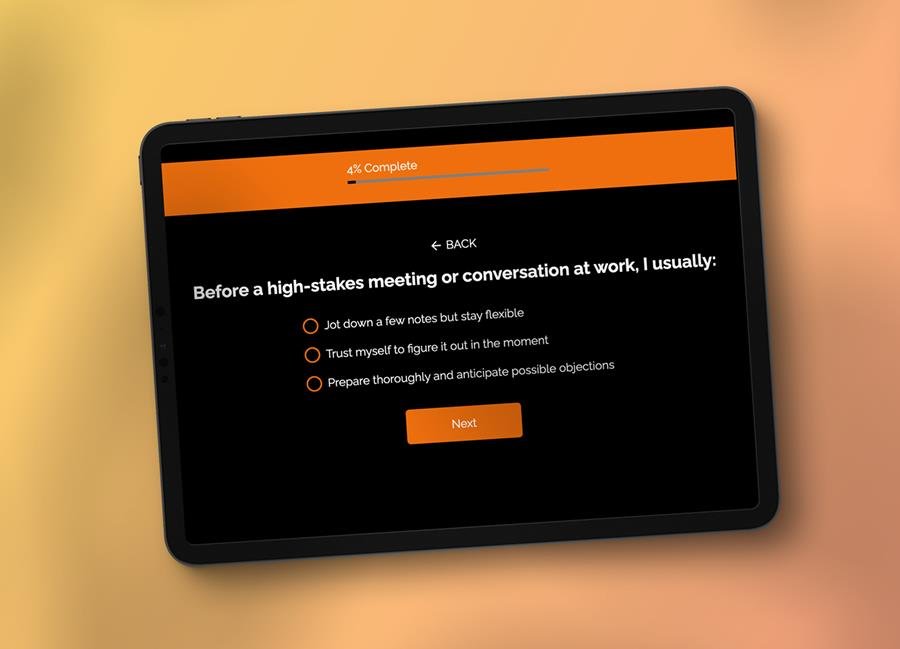
Visit theconversationaledge.com to:
- Download the full study
- Access the scorecard
- Explore ready-to-use language examples for your role
And remember that the best time to make an impact in your culture is the next time you open a Critical Conversation.

